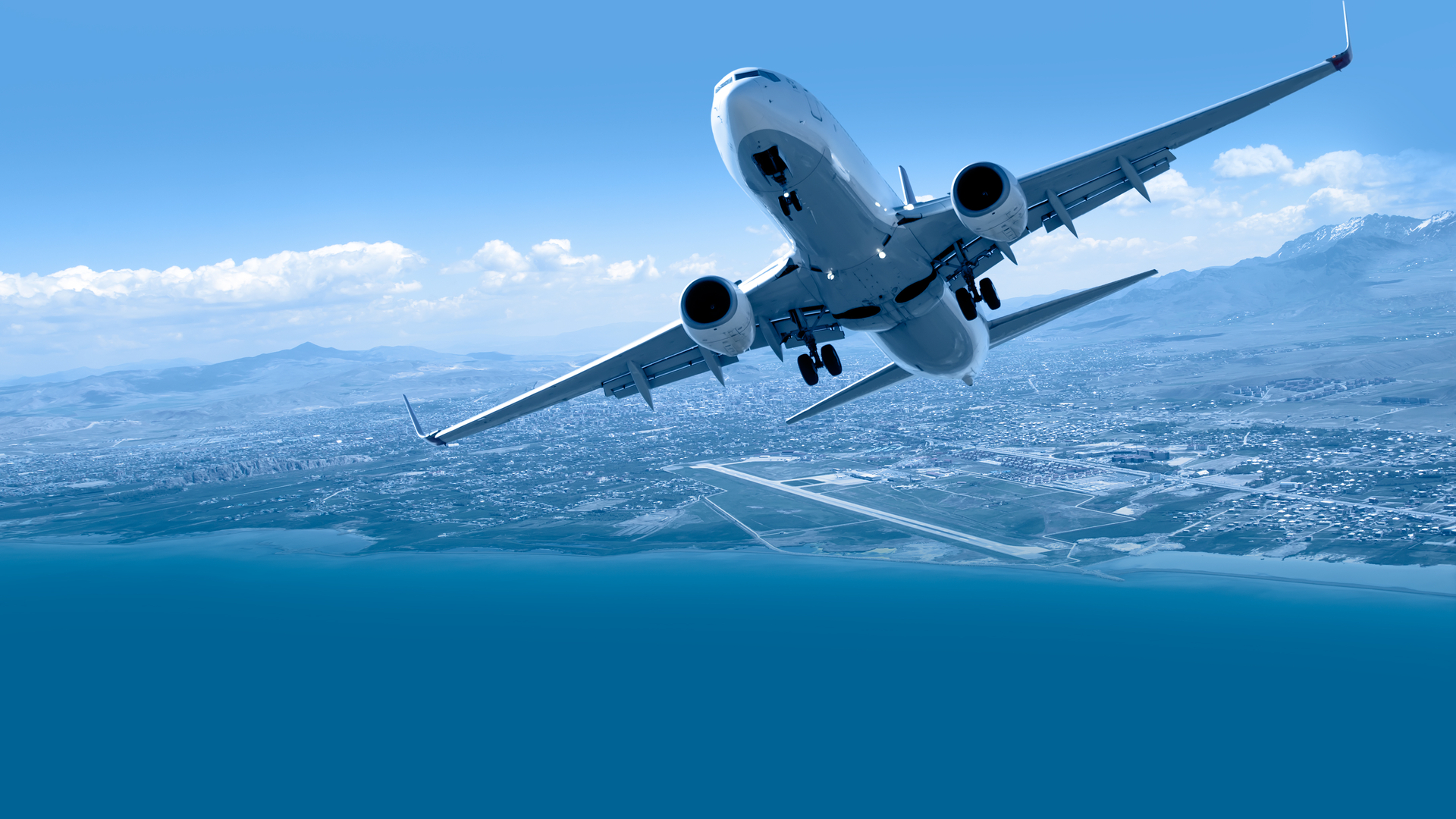Technology key to seamless travel

The International Air Transport Association (IATA) called on governments and industry to work together to make the best use of modern technology to put the passenger at the centre of the journey and to achieve greater efficiency from infrastructure.
The call came during the opening address by Alexandre de Juniac, director general and CEO of IATA at the IATA Global Airport and Passenger Symposium (GAPS) in Warsaw.
Passenger first approach
Technology options should focus on what the passenger wants. The 2019 IATA Global Passenger Survey noted strong preferences by travellers for technology to enable them to track their baggage in real-time and to expedite their journey through the various airport processes. The industry has solutions for both these passenger expectations—the One ID initiative, and RFID for baggage tracking. Both need the support of stakeholders, including governments.
IATA’s One ID initiative is helping the industry to transition towards a day when passengers can move from airport curb to gate using a single biometric travel token such as a face, fingerprint or iris scan.
Managing climate change
“Airlines have long recognised sustainability as key to our license to grow and spread the benefits of global connectivity, benefits which are linked to 15 of the 17 UN Sustainable Development Goals,” said de Juniac. For over a decade, the industry has had a target to cap emissions from 2020. This goal is secured by the Carbon Offsetting and Reduction Scheme for International Aviation (CORSIA) which was agreed at ICAO in 2016 and reaffirmed at ICAO’s 40th Assembly earlier this month.
Infrastructure
Developing infrastructure that can cope with future demand, without relying on ever-bigger airports, is essential. In cooperation with Airports Council International (ACI), the NEXTT (New Experience Travel Technologies) initiative explores important changes in technology and processes to improve operational efficiency and customer experience.


Comments are closed.